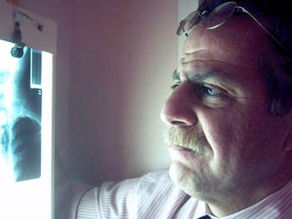top of page
Insights & Inspiration
Practical guidance and reflections to support your daily life and well-being. Life is full of challenges, responsibilities, and opportunities. My blog is designed to provide short, actionable tips, reflections, and strategies that help you create balance, reduce stress, and focus on meaningful action.
bottom of page









